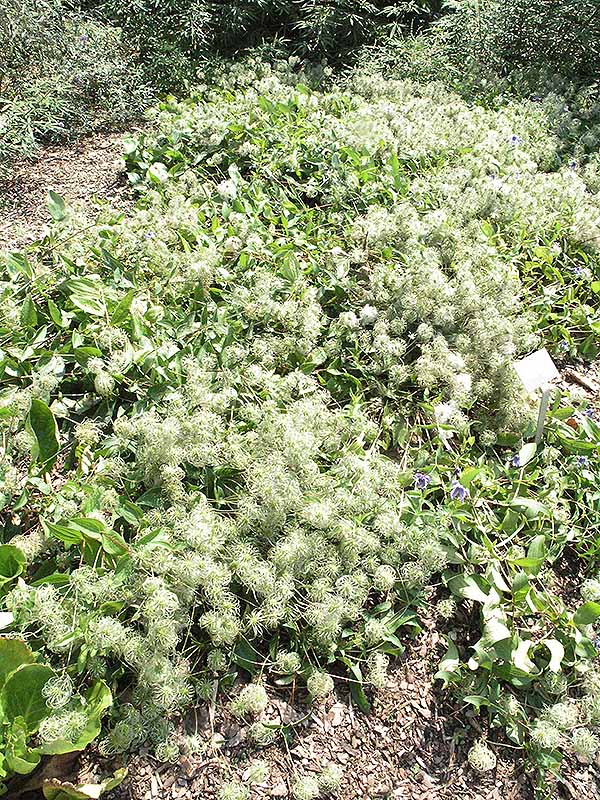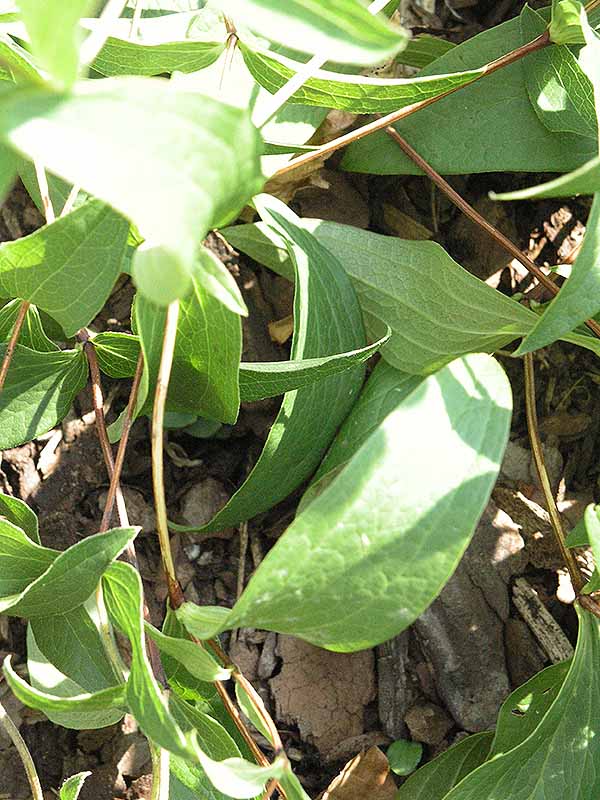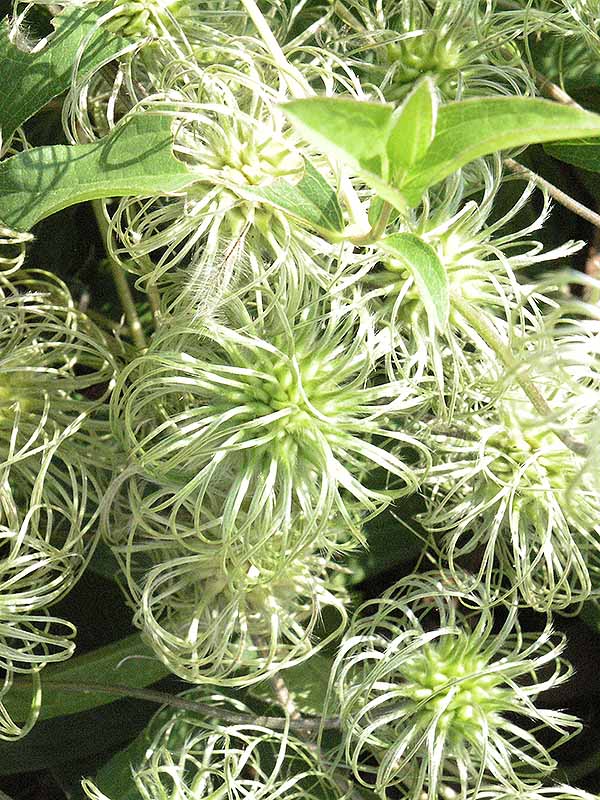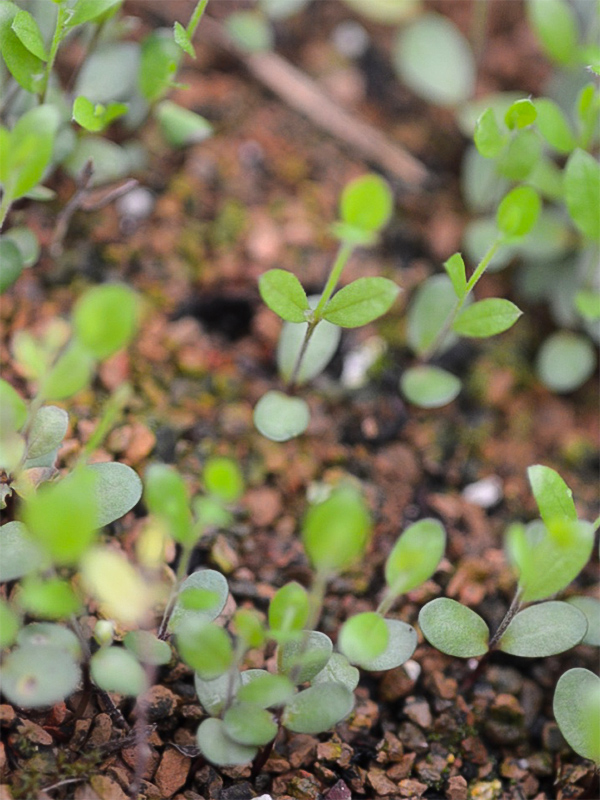
Woody > Clematis > Clematis intergrifolia > Clematis intergrifolia
Clematis intergrifolia
Solitary Clematis
Origin: China, Russia and central Europe.
| Family |
| Ranunculaceae |
| Genus |
| Clematis |
| Species |
| intergrifolia |
| Category |
| Woody |
| Type |
| Vine |
| Pronunciation |
| USDA Hardiness Zone |
| 3 - 8 |
| Canadian Hardiness Zone |
| 1a - 8a |
| RHS Hardiness Zone |
| H7 - H4 |
| Temperature (°C) |
| -37 |
| Temperature (°F) |
| -35 |
| Height |
| 1.5 m |
| Spread |
| 0.75 - 1 m |
Photographs
Description and Growing Information
Flowering Period
| Landscape |
| As an individual plant, in groups, in mixed plantings and in borders. |
| Cultivation |
| Grow in full sun to partial shade in well-drained sandy or clay soils. |
| Shape |
| Low-mounding to sprawling. |
| Growth |
| Slow |
| ID Characteristic |
| Does not climb. |
| Pests |
| Photo clematidina, clematis wilt. |
| Habitat |
| Grasslands, meadows, stream edges and scrub areas. |
| Leaf Description |
| Entire, sessile, ovate-lanceolate dark green leaves that grow to 16 cm in length. |
| Flower Description |
| Solitary, bell-shaped, nodding flowers about 4 cm wide that range from a dark deep violet to a light pale blue. |
| Fruit Description |
| The seed heads are attractive, plumose and silvery green in colour. |
| Colour Description |
| Rich dark green leaves in the summer while flowers range from deep dark violet to a light pale blue. |
| Notable Specimens |
| The A.M. Cuddy Gardens, Strathroy, Ontario, Canada. |
| Propagation |
| Tip cuttings or seed. |
References




